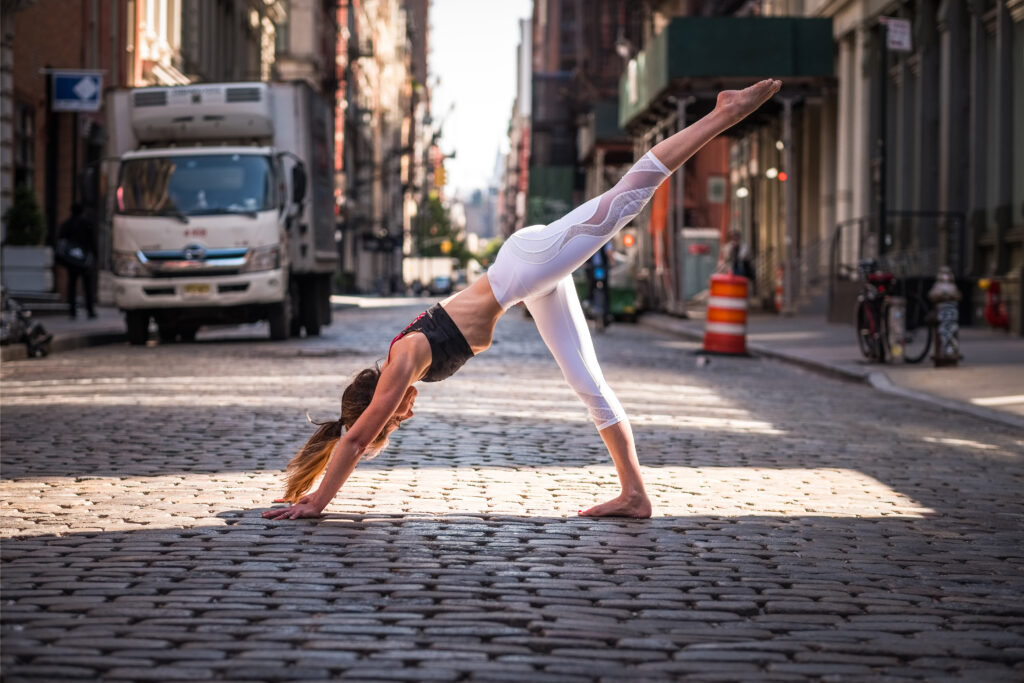Lately, I have seen an increase in those suffering from symptoms of vertigo or dizziness. Many have noticed vertigo and other neurological side effects post-COVID vaccine or infection. There is a difference between “dizziness,” more of a lightheaded feeling that can be solely from dehydration, hunger, or change in blood pressure when changing positions too quickly, and “vertigo,” a sensation of the room spinning around you, which has more to do with your vestibular system.
The more commonly known and treatable form of vertigo is “BPPV” Benign Peripheral Paroxysmal Vertigo which is experienced after a car accident or trauma involving an impact such as a fall, however, it can also come on for no reason at all, and some suffer from chronic recurrences of this type. This is the most treatable type of vertigo and can usually be cured by a maneuver or series of movements performed by a practitioner, or even by yourself. The trick is which ear canal is affected. Most often, the posterior canal is the culprit, and Epley’s or Canalith’s repositioning technique is used. You can figure out which side is affected by coming to a long sitting position on a bed (torso upright and legs extended in front of you), turning your head to the right, and abruptly throwing yourself onto your back. Whichever side symptoms occur, stay in this position for 30 seconds or until symptoms subside. Next, turn your head to the opposite side for another 30-45 seconds. Keeping your head turned in that direction, roll onto that side with your nose down towards the pillow for another 30-45 seconds. Bring your legs off the edge of the bed and press yourself up to a seated position. Stay there for 1-2 minutes. This can be repeated as needed and symptoms should decrease each time if this is your issue.
The horizontal canal calls for “The BBQ Roll.” Deciding which ear is affected is the first step, and begin lying on that side for 30 seconds, then roll onto your back for another 30 seconds, then roll onto your opposite side for 30 seconds. Next, tuck your chin down slightly as you roll onto your belly and prop yourself up onto your elbows for 30 seconds. Finally, roll back onto the side you started for 30 seconds, and return to an upright sitting position. Some suggest trying to keep your neck and head neutral for 15 minutes following.
Other forms of vertigo include peripheral hypofunction – when one side is not working properly leading to symptoms due to overexcitement of the nonaffected side typically. For this type, and most other forms or reasons for symptoms of vertigo, 3 types of exercises are recommended.
Adaptation – Attempts to retrain and reconfigure your vestibular system.
Exercises include: holding a target about 6 inches in front of you as you try to keep your gaze on the target and turn your head from left to right or up and down. You can also take two targets arm’s length ahead beginning with your gaze in the center. Look with just your eyes to the right target, then keeping your gaze there, turn your head to face that target, then look with just your eyes to the left target, then turn your head to face the left target. Repeat left and right until dizziness occurs or you are unable to maintain the gaze on the targets. It is important for these eye exercises to be followed by an eyes-closed-and-covered 30-second rest to allow your system to rest and reset before trying another set or the next exercise.
Substitution exercises attempt to substitute for the loss or malfunctioning side.
Begin with one target arm’s length ahead. Lock your gaze, then close your eyes and turn your head to the left, attempting to maintain your gaze on the target. Open your eyes to check, then close them again turn your head to the right and open for your check. Repeat again for 1-2 minutes or until symptoms occur.
Habituation – Repetitive exposure to a noxious stimulus or one that triggers symptoms, over time promotes decreased symptoms.
Exercises include: turning your head left/right, up/down, laterally up/down to each side 10 or more times each with your eyes open and with your eyes closed. Movement in concurrence with these exercises works well. Walking while turning the head left/right, up/down, possibly adding eyes closed, or keeping a gaze on a target, or a patterned surface can often trigger symptoms. These exercises when coupled with balance training such as bringing feet together, tandem stance, or standing on a foam/pillow surface or rocker board also further stimulate the vestibular system. Again, it is important to wean into these exercises and not progress too much too fast, thus overloading the system.






